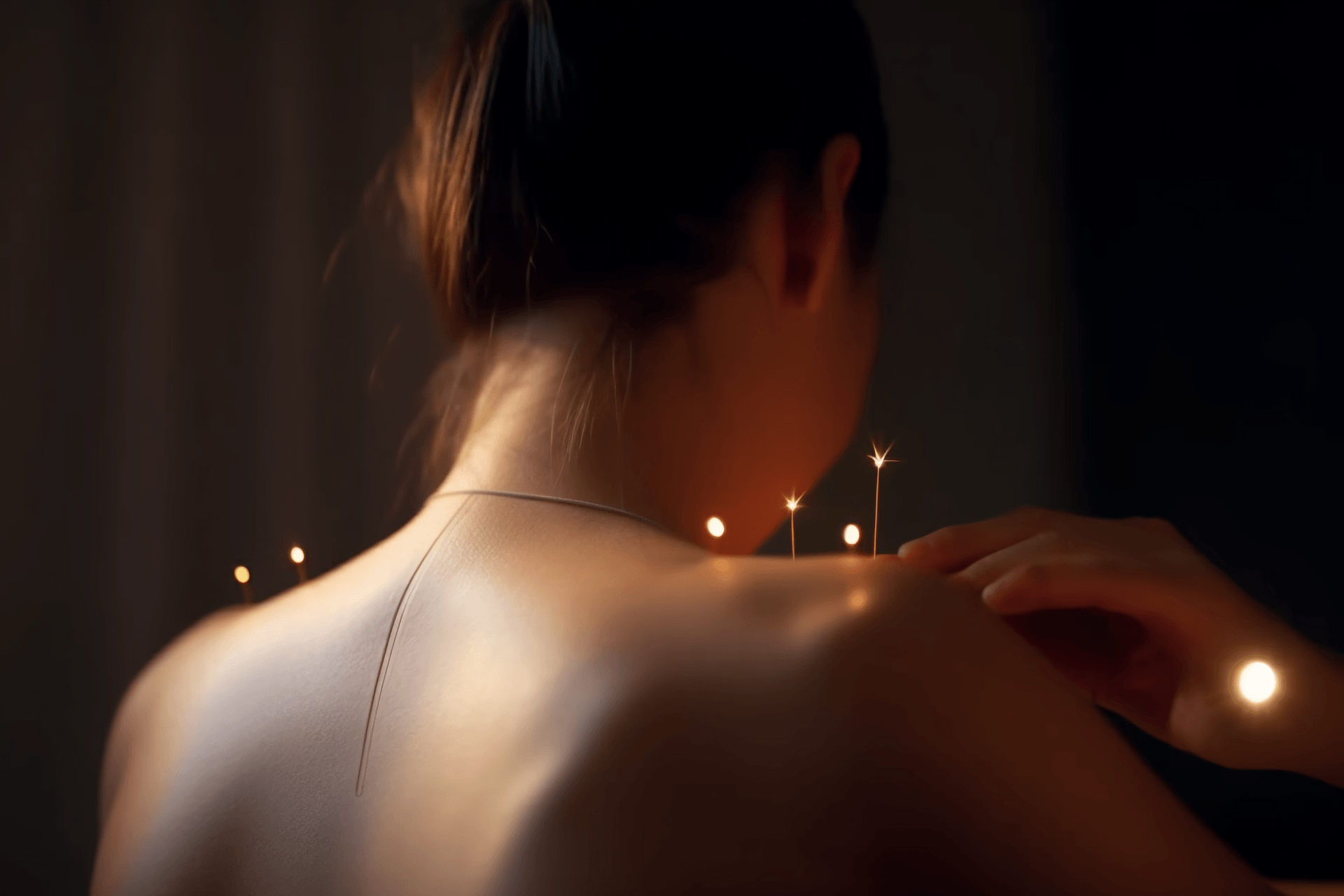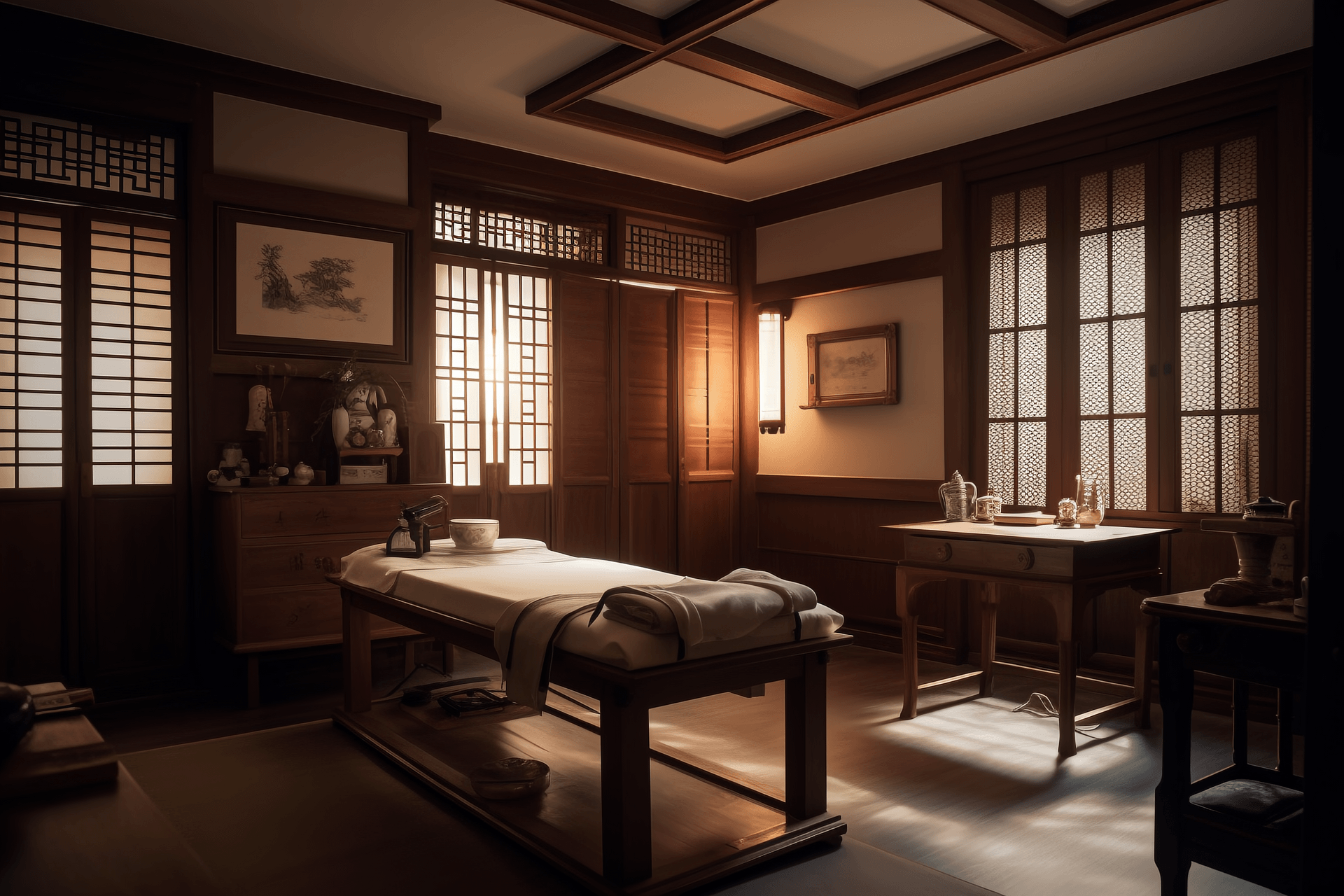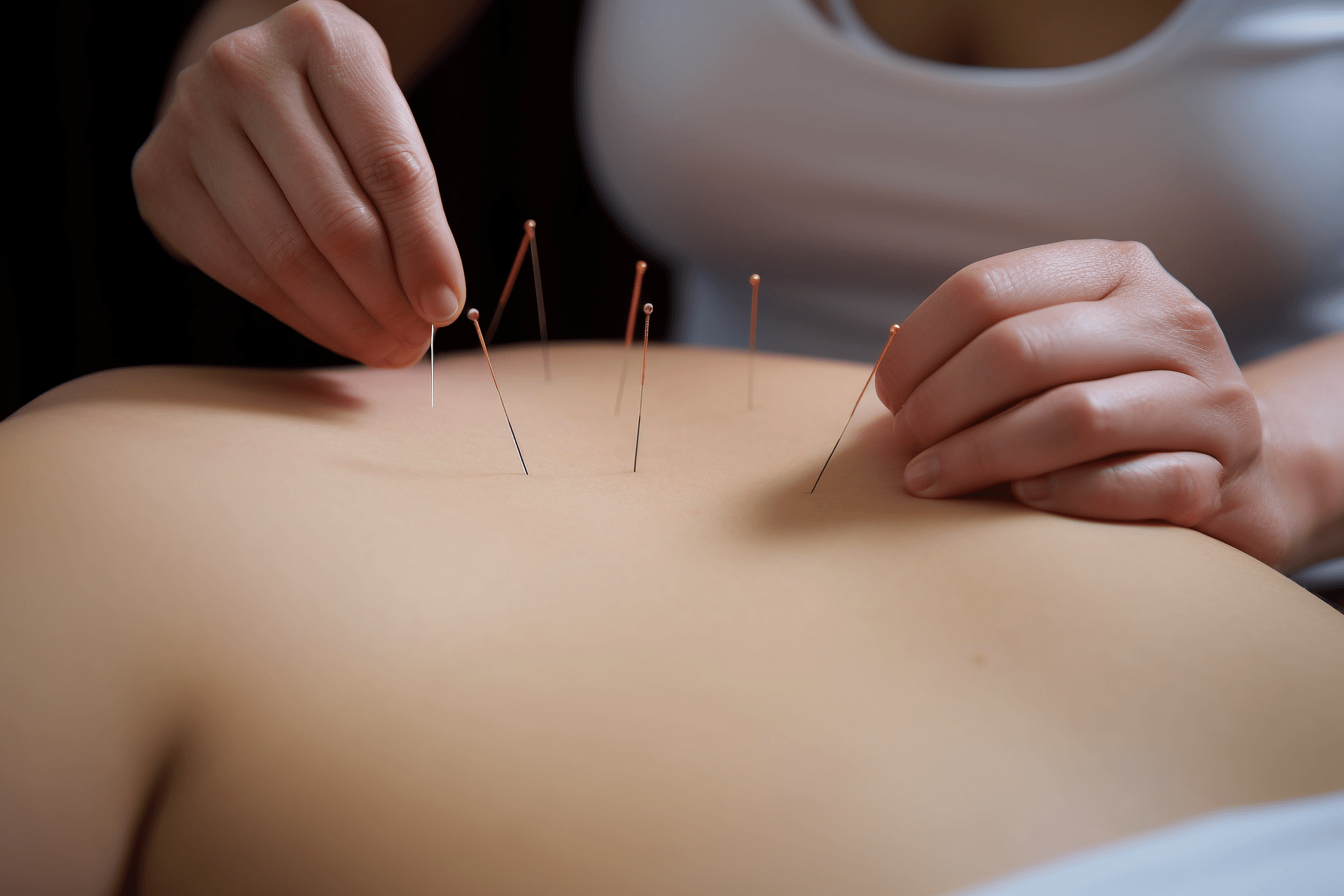1. Surface Anatomy Landmark Method
The surface anatomy landmark method uses various surface landmarks based on anatomical features to determine acupuncture points. It can be divided into fixed landmarks and active landmarks.
Fixed landmarks: Refers to the prominences, depressions, facial contours, hairlines, fingernails, nipples, and umbilicus formed by bones and muscles in various parts of the body that can be used as acupoint markers. For example, the Yintang point is located between the eyebrows, the Renzhong point is located between the nipples, and the Yanglingquan point is located in the depressed area in front of the fibular head (located on the lateral side of the lower leg).
Active landmarks: Refers to the gaps, depressions, wrinkles, and tips that appear in the joints, tendons, muscles, and skin of various parts during movement. For example, the Quchi point is located in the depression on the outer side of the elbow crease when the elbow is flexed, and the Tinggong point is located in the depression between the tragus and the lower jaw joint when the mouth is open.
2. "Bone Measurement" Method
The "bone measurement" method refers to using bone joints as the main landmarks to determine the length of various body parts and calculate them proportionately as the standard for locating acupuncture points. According to this method, regardless of gender, age, height, or weight, the measurement is the same, which solves the problem of locating acupuncture points on different individuals.



3. "Finger Inch" Method
The "finger inch" method is a simple method of locating acupuncture points based on the length and width of the individual's own fingers.

The middle finger is the same as the body inch, with the distance between the inner ends of the wrinkles when the middle joint of the middle finger is flexed as 1 inch. This method can be used for the waist, back, and limbs.

The thumb is the same as the body inch, with the width of the interphalangeal joint of the thumb as 1 inch. This method is commonly used for the limbs.

The transverse finger is the same as the body inch, also known as the "one husband" method. The width of the four fingers, including the index finger, middle finger, ring finger, and little finger, when pressed together is 3 inches, with the middle joint of the middle finger as the standard.
4. Simplified Acupoint Selection Method
The simplified acupoint selection method is a commonly used, convenient, and easy-to-use method in clinical practice. Although it is not applicable to all acupuncture points, it is easy to operate and remember.

Fengshi: Stand upright with hands hanging down, the tip of the middle finger is the acupoint.

Lieque: Place one hand's index finger on the styloid process of the other hand's radius, and the tip of the index finger is the acupoint.

Laogong: Make a fist, and the tip of the middle finger is pressed on the first horizontal line of the palm.

Hegu: Align the transverse line between the thumb and index finger of one hand with the web between the thumb and index finger of the other hand, and the tip of the thumb points to the acupoint.

Baihui: Where the two tips of the ears intersect with the midline of the head, there is a depression when pressed, which is the acupoint.

Xuehai: Bend the knees at a 90° angle, place the palm on the knee, and the thumb and other four fingers form a 45° angle. The tip of the thumb is the acupoint.






